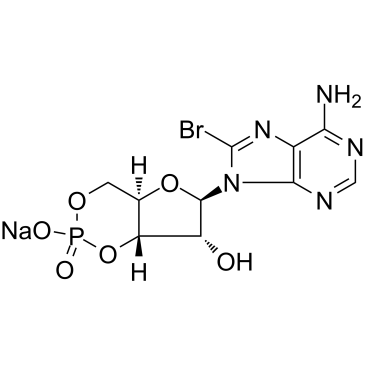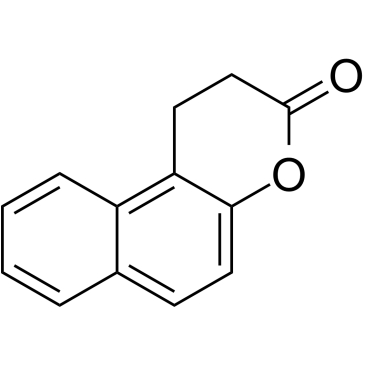| Structure | Name/CAS No. | Articles |
|---|---|---|
 |
8-Bromo-cAMP sodium salt
CAS:76939-46-3 |
|
 |
Splitomicin
CAS:5690-03-9 |